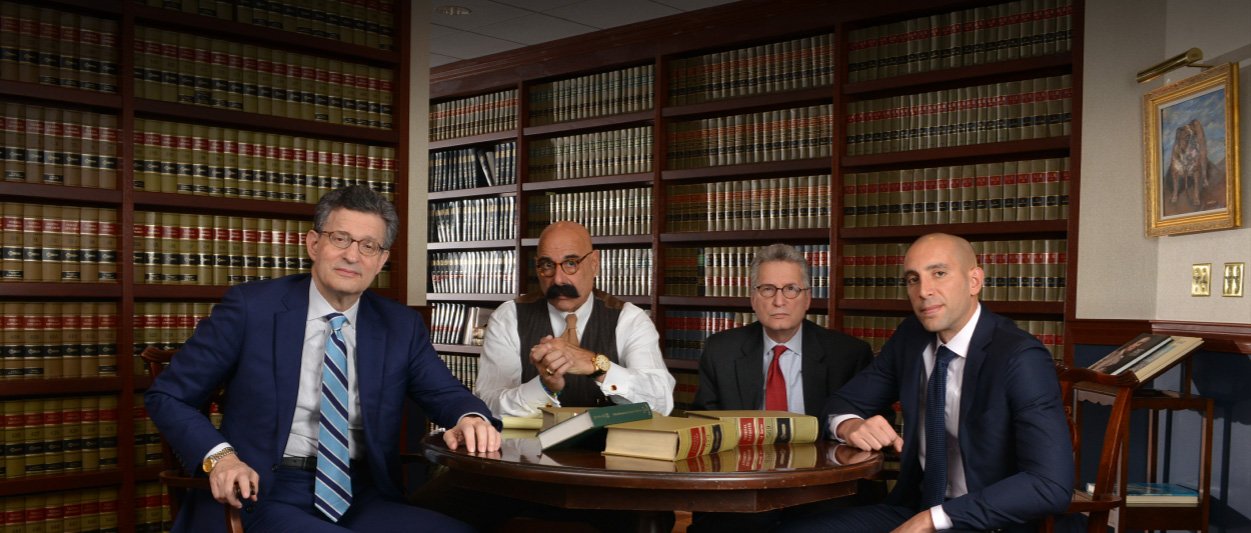Superior Court Upholds PA Overtime Rate Method
The Superior Court of Pennsylvania recently ruled in a case that dealt with the proper method of calculating overtime wages paid to non-exempt employees. In Chevalier v. General Nutrition Centers, Inc., 177 A.3d 280 (Pa. Sup. Ct. 2017) employees at GNC, a company selling health and nutrition related products, brought suit against the company alleging that the calculation of their overtime pay violated Pennsylvania Minimum Wage Act (PMWA).The PMWA requires “a payment of at least one and one-half of the employees’ regular rate” for each hour worked in excess of forty hours. Id. GNC’s method of calculating overtime pay is called the fluctuating workweek (“FWW”) method. Id. The FWW method takes the salaried employee’s weekly pay and divides it by the total number of hours worked (including overtime hours) which produces a certain dollar amount which is considered the “regular rate”. This regular rate is then halved (.5) and multiplied by the number of hours of overtime worked which produces the final overtime dollar amount. The employees’ method of calculation, also referred to as the forty-hour method, takes the forty-hour work and divides it by the hourly rate (yielding a higher “regular rate” than the FWW). The regular rate plus half of the regular rate (1.5) is then multiplied by the hours worked (which produces a substantially higher dollar amount than the FWW).
GNC argued that the United States Supreme Court held that the FWW method was lawful under the FLSA (“Fair Labor Standards Act”) and the PA General Assembly adopted the “regular rate” terminology in the PMWA’s overtime provision. In addition PA case law instructs that, unless a contrary intent appears, when a PA statute tracks the language of a federal statute, PA courts should consult federal authority for guidance in ascertaining the meaning of the term in question. Notably, nothing in the text of the PMWA suggest that the General Assembly intended to give a meaning to “regular rate” different from that establishes under the FLSA. GNC further argued that while the PMWA does authorize the PA Department of Labor and Industry to promulgate regulations defining “regular rate”, it hasn’t done so, which shows there was no intent to bar the FWW method.
The employees countered that the important difference between the PMWA and the FLSA is that the policy statements in the preamble to the PMWA demonstrate that it was intended to provide greater protection for employees in Pennsylvania. They also emphasized that although there may be no regulation that prohibits the FWW method, Pennsylvania has not promulgated regulation that authorizes the FWW. Id. Lastly, the employees argued that the FWW method runs directly counter to the purpose of the PMWA which is promoting employment by incentivizing employers to hire more workers as opposed to paying existing workers overtime.
The Court, in its analysis, quickly disposed of the issue pertaining to the “one and one half” premium on overtime hours. It concluded that the trial court correctly determined that the second part of GNC’s FWW method, paying an overtime premium of one-half the regular rate, violated the PMWA. The Court reasoned that had the Department wanted to authorize one-half time payment it surely knew how to do so. Rather, the Department adopted the “one and one-half times” language from the FLSA overtime provision. Clear rules of statutory construction demonstrate that the General Assembly intended the multiplier to be one and one half as opposed to one-half.
In addressing the proper calculation of “regular rate”, the Court concluded that absent legislative or regulatory action, GNC’s calculation of the “regular rate” did not violate the PMWA. The Court began by examining the history of the overtime provisions in both the FLSA and the PMWA. The Court said that by the time the PMWA was enacted, the FLSA was clearly understood to permit employers to calculate the “regular rate” of salaried employees by reference to the total hours worked. This idea was affirmed in a Supreme Court case and then codified in a series of federal regulations. The Court concluded further that the General Assembly was aware of the FLSA, knew how to deviate from the FLSA, but did not do so. Finally, the Court said that the Employees argument based on the PMWA’s general purpose is unavailing. Therefore, the Court upheld the GNC’s FWW method of calculating overtime hours but struck their half multiplier in a win-lose situation for both parties.
For more information, contact the Philadelphia overtime lawyers at Sidkoff, Pincus & Green at 215-574-0600 or contact us online.















